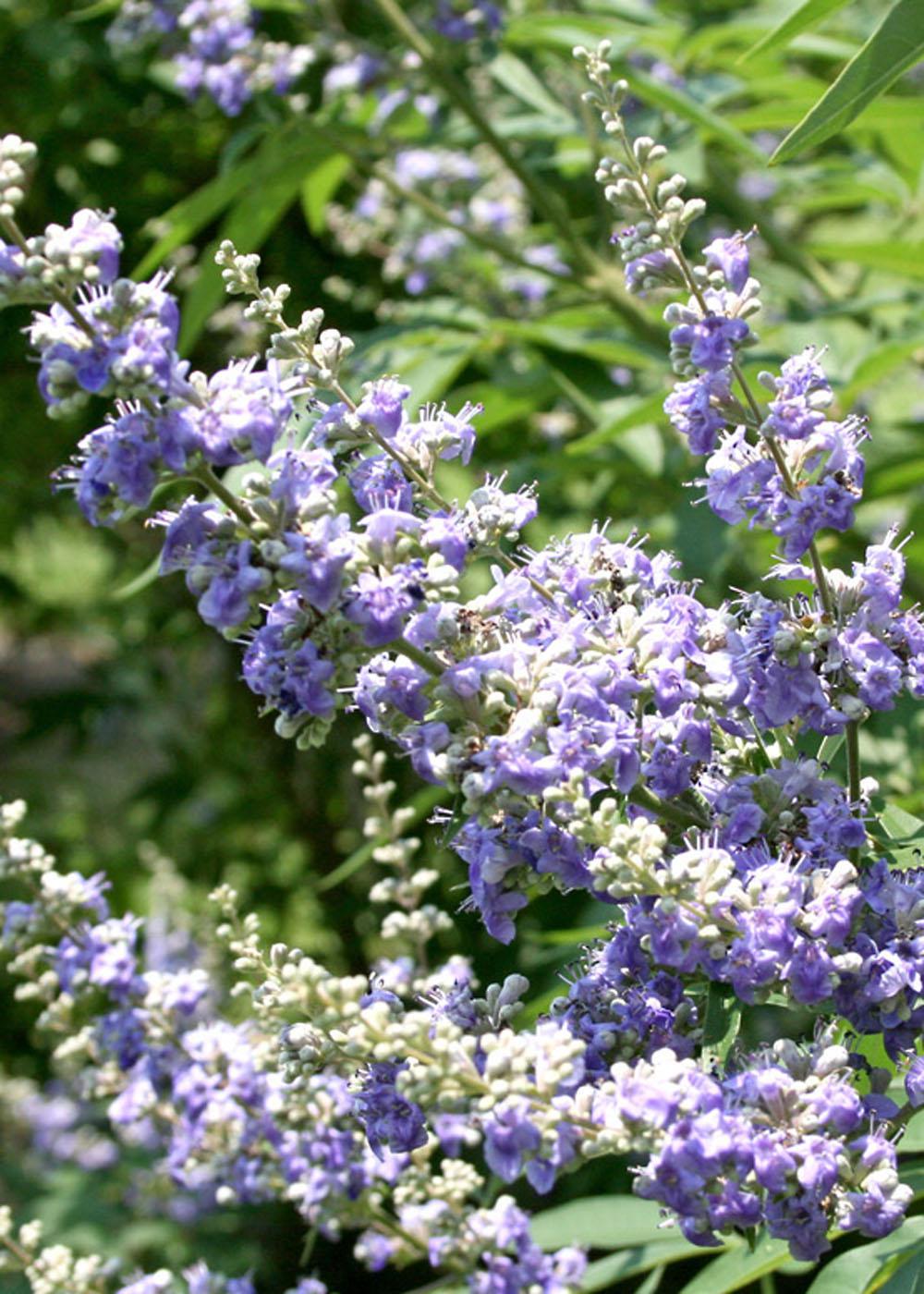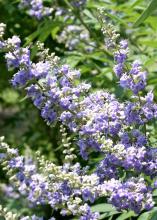Information Possibly Outdated
The information presented on this page was originally released on September 23, 2010. It may not be outdated, but please search our site for more current information. If you plan to quote or reference this information in a publication, please check with the Extension specialist or author before proceeding.
Plants, trees help families remember
By Karen Templeton
MSU Ag Communications
BILOXI – Vera Ramsey’s yard in the St. Martin community was full of amaryllis, daylilies and azaleas, but she was most known for her chaste tree full of beautiful lilac blooms.
“For years, she had the only known chaste tree on that side of the Bay,” said Ramsey’s granddaughter, Lori Ramsey Massey of Latimer. “So many people would stop and admire what they called the ‘lilac tree.’ They’d always ask for a cutting.”
Ramsey generously provided cuttings of her other plants to those in her community but preserved the branches of her chaste tree for fear the tree would end up looking bald.
“One day, my grandmother allowed a young man to take the trimmings after she had pruned the tree,” Massey said. “He worked for Frazier’s Nursery in Biloxi and took the cuttings to root and start the nursery’s own stock of chaste trees.”
Soon, chaste trees began growing throughout Jackson County and other parts of Mississippi’s Gulf Coast.
“I cannot say for certain that all the trees came from my grandmother’s tree, but it is really something to see them growing everywhere,” Massey said. “They are even grown in the medians in Ocean Springs.”
Much of the property in Ramsey’s beloved community was destroyed by Hurricane Katrina, including her own home. But her chaste tree survived and is still there today.
“I’m so glad she shared cuttings with us so we all have our own trees,” Massey said. “The storm messed up a lot of things for a lot of people, and it just means so much to keep that tree alive. It helps us remember the good times.”
Gary Bachman, an assistant Mississippi State University Extension research professor of horticulture at the Coastal Research and Extension Center in Biloxi, writes the weekly Southern Gardening column. His column on chaste trees ran on the same day and in the same newspaper as Ramsey’s obituary notice.
“It was more than a coincidence and is yet another reason we associate the chaste tree with her,” Massey said.
Bachman knows that cultivating family plants also cultivates memories. He said the meaningful task of propagating a family plant is fairly simple.
“Cuttings can be taken from the stems and branches. It is best to cut at a slant where the tissue has not yet turned woody,” Bachman said. “The most important thing is not to let it dry out.”
Bachman said to dip cuttings in a rooting hormone, plant in a pot or box with peat potting mix and keep it watered.
“I suggest placing a clear, plastic bag over the pot to trap the moisture and keeping it in a shady area. Another useful technique is planting it in a sandbox and placing a glass jar over the cutting,” Bachman said. “Once the roots initialize, it can be transferred into a garden or landscape.”
Bachman said the propagated plant is more than just related to the plant or tree from which it originated.
“The cool thing is that when you propagate a plant, you end up with the same plant,” he said. “It is a clone - identical to the original plant or tree.”
Massey said she and her family proudly grow her grandmother’s chaste trees.
“The chaste tree has been a wonderful symbol in our family,” she said. “To honor her love for that tree, many of us wore lilac or purple to her funeral.”
Information about propagating plants for gardens or landscapes can be found in the MSU Extension publication Propagating Plants for the Home Landscape.








